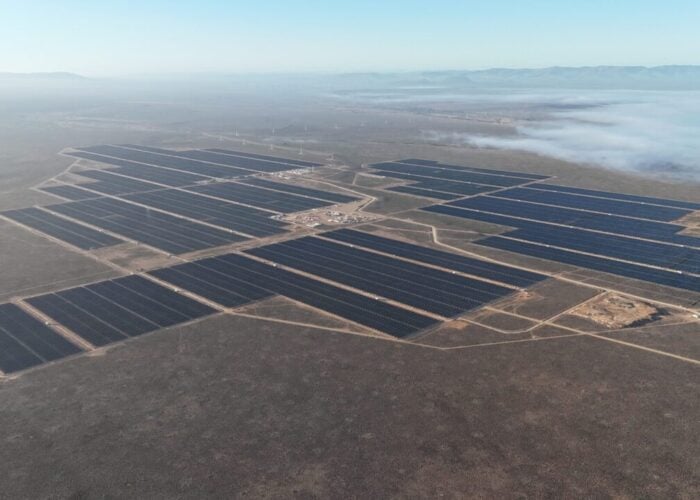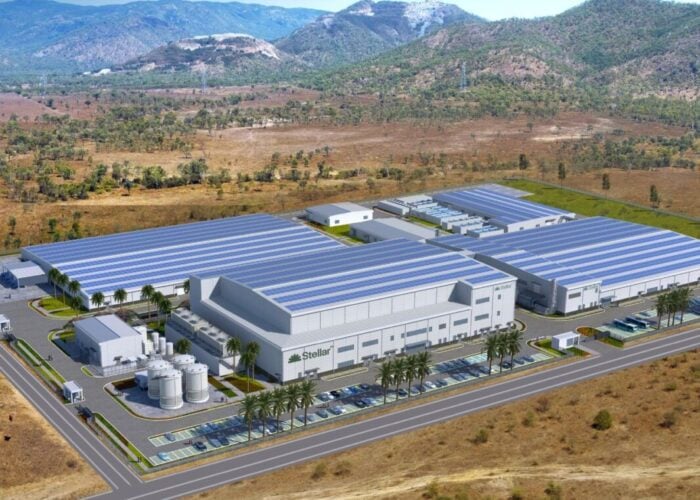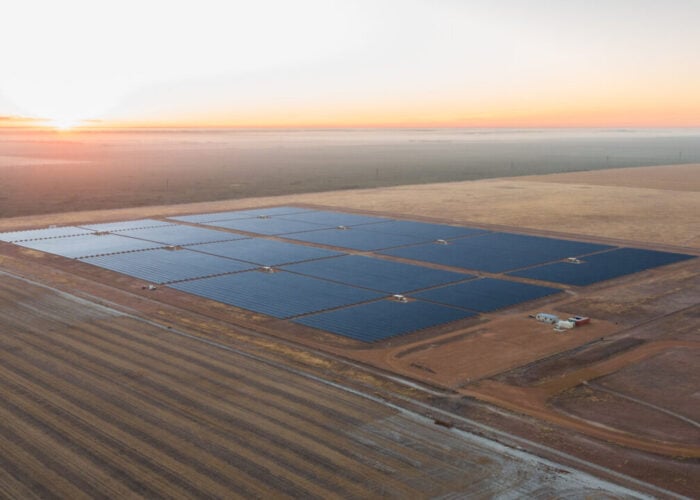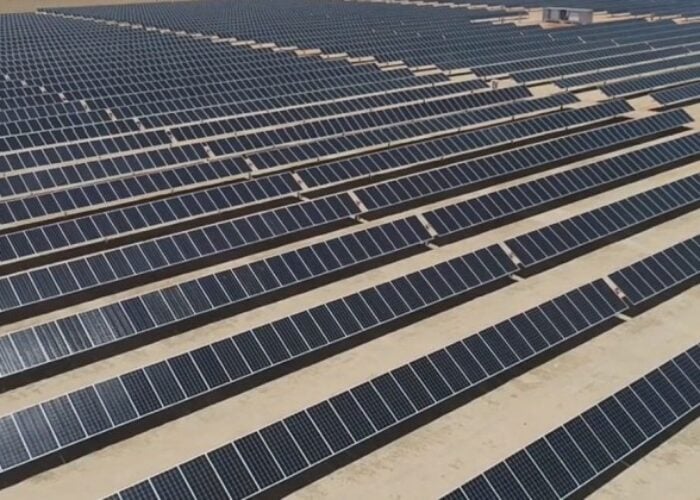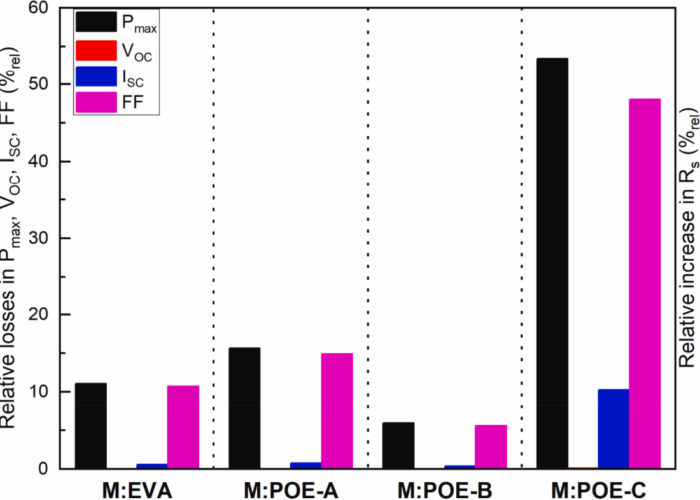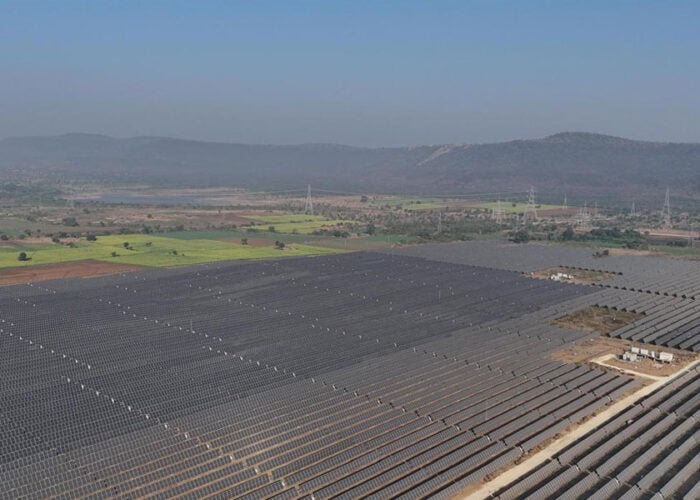TetraSun has disclosed that its monocrystalline Czochralski (Cz) silicon is now production-ready through the successful completion of its SunShot Initiative PV Incubator grant from the US Department of Energy (DoE). Alongside the DoE grant, since its founding in 2009, TetraSun has raised US$12 million from equity and strategic customer investors. TetraSun's technology turns monocrystalline Cz wafers into high-efficiency cells, in what the company claims as innovative and cost-effective, by making a surface passivation and replacing silver by copper.
The company has announced that all deliverables under the contract, which included a full area cell efficiency of a minimum of 20% and reliability tests according to IEC 61215, were submitted ahead of schedule and certified by the DoE’s National Renewable Energy Laboratory (NREL).
Try Premium for just $1
- Full premium access for the first month at only $1
- Converts to an annual rate after 30 days unless cancelled
- Cancel anytime during the trial period
Premium Benefits
- Expert industry analysis and interviews
- Digital access to PV Tech Power journal
- Exclusive event discounts
Or get the full Premium subscription right away
Or continue reading this article for free
TetraSun’s cell concept is based on what the company has termed “a novel surface passivation technology”. It enables the use of 40um wide copper electrodes instead of screen-printed silver metallization. Without demanding special equipment for the manufacturing process, cell Voc values in excess of 700mV have been achieved on the monocrystalline CCz- grown silicon.
“Exceeding the performance of traditional heterojunction technology on 156mm cells – without the need for a transparent conductive oxide or special module assembly – is a significant advantage when it comes to high volume manufacturing of the TetraCell”, said Dr. Oliver Schultz-Wittmann, VP of device engineering at TetraSun.
In 2010, TetraSun received a US$2.3 million grant from the DOE to support the development of back-surface passivation research and development.
“This has always been about creating a transformational technology – technology that will allow for the highest efficiency at the lowest cost – enabling solar to become a real part of our energy supply,” continued Schultz-Wittmann. “With the support of our investors and the DoE we’re now in small scale production and ready to realize the full promise of our technology.”
Last year, GT Advanced Technologies had announced it had received strong interest from European-based PV manufacturers for its own CCz grown technology.

